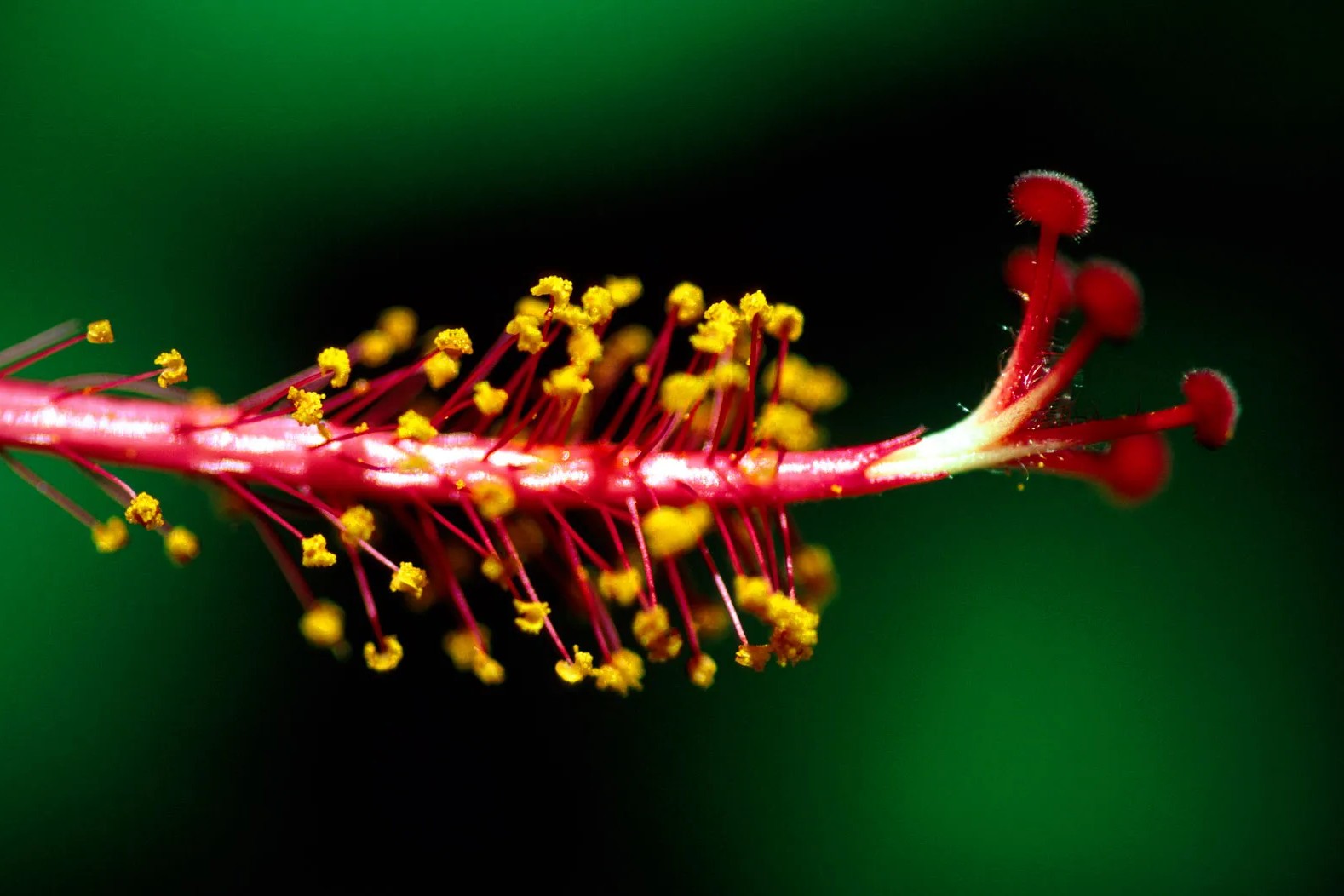
What is a stamen? The stamen is the male reproductive part of a flower. It consists of two main parts: the anther and the filament. The anther produces pollen, which is necessary for fertilizing the ovules in the female part of the flower, called the pistil. The filament supports the anther, positioning it so that pollinators like bees or the wind can easily transfer pollen. Stamens can vary greatly in number, size, and shape depending on the species of the flower. Understanding the role of the stamen is crucial for anyone interested in botany, gardening, or simply appreciating the intricate beauty of flowers.
What is a Stamen?
The stamen is a crucial part of a flower's reproductive system. It consists of two main parts: the anther and the filament. Let's dive into some fascinating facts about stamens.
- The stamen is the male reproductive organ of a flower.
- Anthers produce pollen, which is essential for plant reproduction.
- Filaments support the anthers, holding them up to facilitate pollination.
- Some flowers have multiple stamens, while others have just one.
- Stamens can vary greatly in size and shape depending on the species of the flower.
The Role of Stamens in Pollination
Pollination is a vital process for plant reproduction, and stamens play a key role in it. Here are some interesting facts about how stamens contribute to pollination.
- Pollen grains from the anther are transferred to the stigma of a flower, often with the help of wind or insects.
- Bees are one of the most common pollinators that interact with stamens.
- Some flowers have evolved to have stamens that specifically attract certain pollinators.
- The shape and size of stamens can influence how effectively a flower is pollinated.
- In some plants, stamens and pistils (the female reproductive organs) mature at different times to prevent self-pollination.
Variations in Stamen Structure
Stamens can look quite different from one flower to another. Here are some facts about the diversity of stamen structures.
- Some flowers have stamens with long filaments, while others have very short ones.
- The number of stamens in a flower can range from one to over a thousand.
- In some species, stamens are fused together to form a single structure.
- Certain flowers have stamens that are hidden inside the petals, making them less visible.
- The color of stamens can vary, with some being bright and colorful to attract pollinators.
Stamen Adaptations
Stamens have adapted in various ways to improve the chances of successful pollination. Here are some intriguing facts about these adaptations.
- Some stamens are designed to release pollen only when touched by a pollinator.
- In wind-pollinated plants, stamens often hang outside the flower to catch the breeze.
- Certain flowers have stamens that produce sticky pollen to adhere better to pollinators.
- Some stamens are sensitive to touch and can move to better position themselves for pollination.
- In some aquatic plants, stamens are adapted to release pollen underwater.
Stamen and Flower Evolution
The evolution of stamens has played a significant role in the diversity of flowering plants. Here are some facts about how stamens have evolved over time.
- Early flowering plants had simple stamens, but they have become more complex over millions of years.
- The evolution of stamens has been influenced by the types of pollinators available.
- Some ancient plants had stamens that resembled leaves.
- The development of specialized stamens has allowed flowers to attract specific pollinators.
- Fossil evidence shows that stamens have been present in plants for over 100 million years.
Fun Facts About Stamens
Stamens are not just important for plant reproduction; they also have some fun and surprising aspects. Here are a few more facts to round out our list.
- The word "stamen" comes from the Latin word for "thread," referring to the filament.
- In some cultures, stamens are used in traditional medicine.
- Saffron, a valuable spice, is made from the stamens of the crocus flower.
- Some flowers have stamens that produce a pleasant fragrance to attract pollinators.
- The number of stamens in a flower can be a key characteristic for identifying plant species.
- In some plants, stamens can change color as they mature.
- Certain flowers have stamens that are edible and used in culinary dishes.
The Final Petal
Stamens, the unsung heroes of the plant world, play a vital role in plant reproduction. They consist of two main parts: the anther and the filament. The anther produces pollen, which is essential for fertilizing the ovules in the pistil. Without stamens, many plants wouldn't be able to reproduce, affecting the entire ecosystem.
Understanding stamens helps us appreciate the complexity and beauty of nature. From their structure to their function, these tiny plant parts have a big impact. Next time you see a flower, take a moment to notice the stamens and think about their crucial role.
Whether you're a budding botanist or just curious about the natural world, knowing these facts about stamens enriches your understanding of plants. So, keep exploring and learning about the wonders of nature.
Was this page helpful?
Our commitment to delivering trustworthy and engaging content is at the heart of what we do. Each fact on our site is contributed by real users like you, bringing a wealth of diverse insights and information. To ensure the highest standards of accuracy and reliability, our dedicated editors meticulously review each submission. This process guarantees that the facts we share are not only fascinating but also credible. Trust in our commitment to quality and authenticity as you explore and learn with us.
